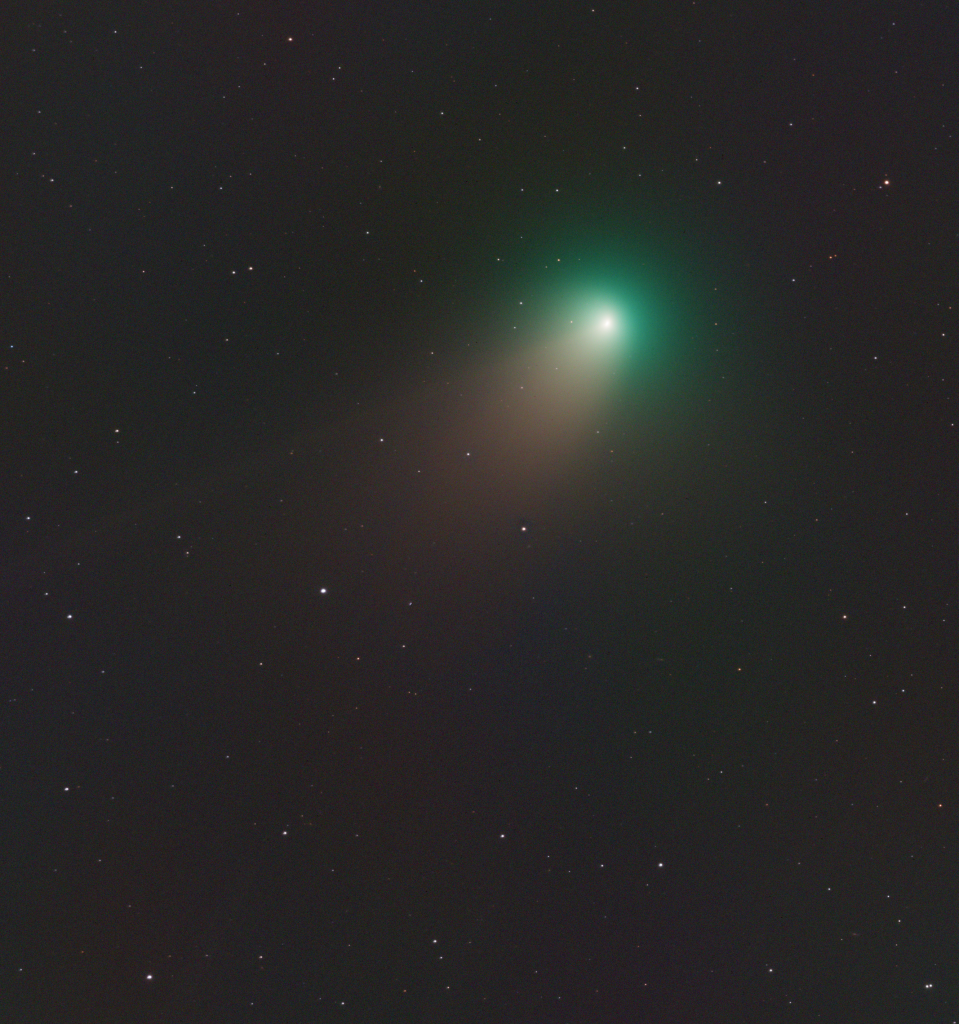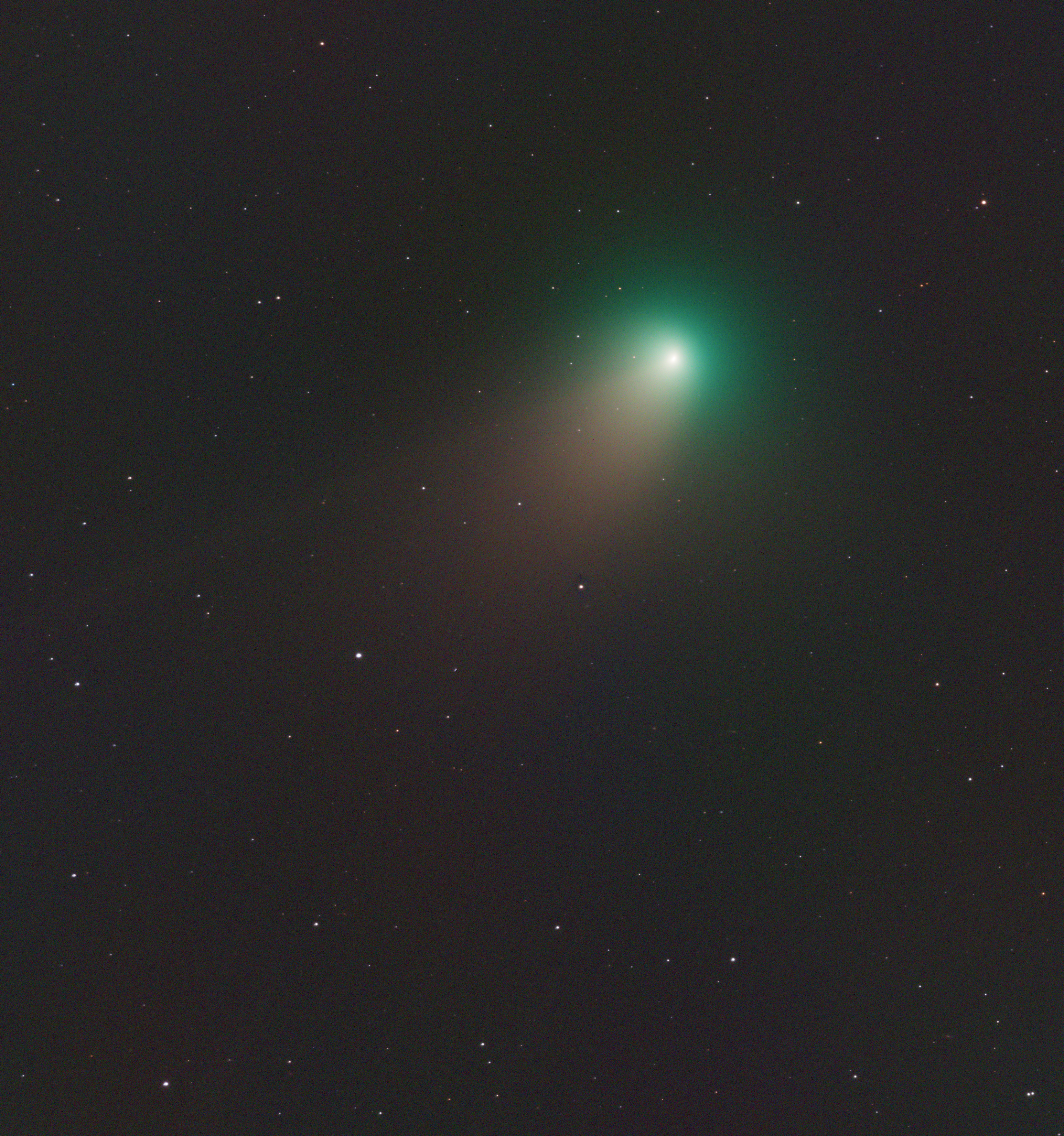
Similar Posts

The Crescent Nebula
Like the Bubble Nebula, and Thor’s Helmet, this is formed by the fast stellar wind of the extremely hot star at its heart – which interacts in complex ways from the wind left over from when this star was a red giant. This is roughly 5,000 light-years away. These images were taken over the span…
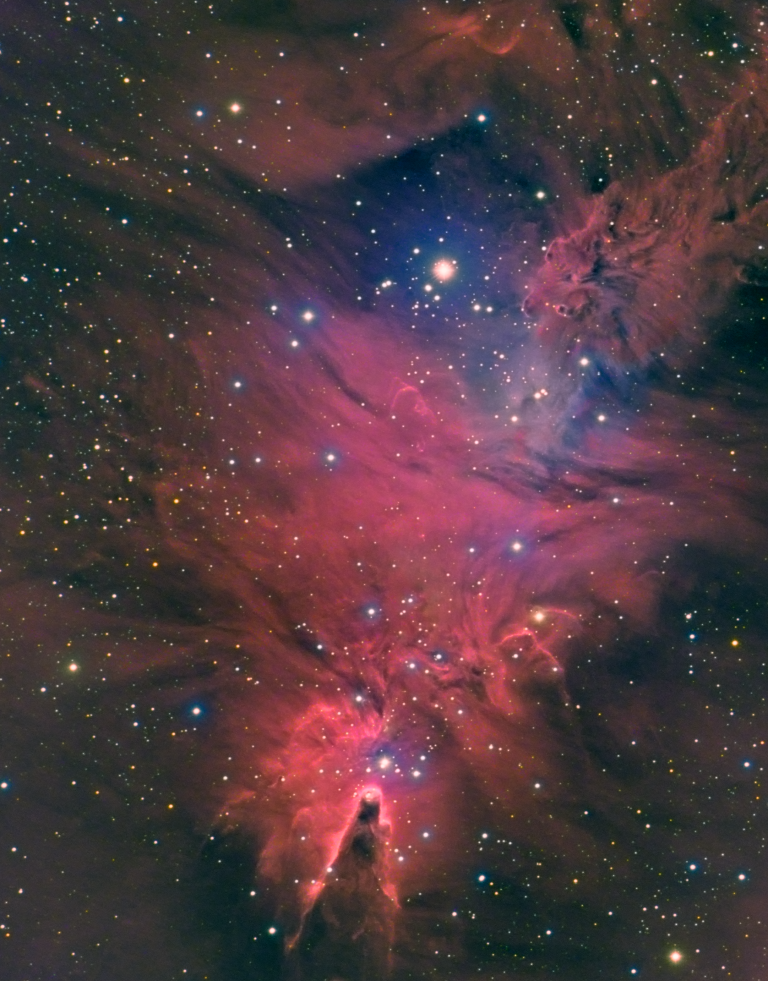
A Celestial Fox (and cone, and Christmas tree…)
This image contains a few things! At the bottom is the Cone Nebula, at the upper-right is the “Fox Fur Nebula”, and in the middle is the “Christmas Tree” star cluster… you have to flip the image upside down to see that one. It’s a gorgeous region of active star formation in the constellation Monoceros….
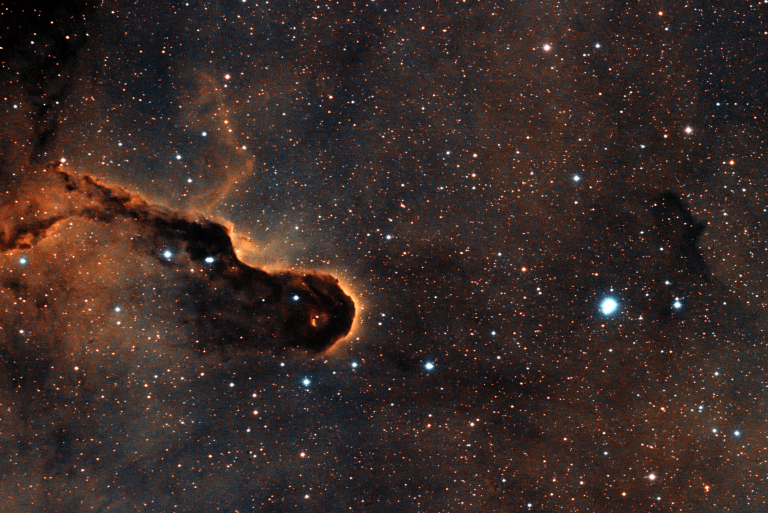
The Elephant’s Trunk
Formally IC1396, this cloud of interstellar gas and dust is thought to be an active site of new star formation. And with a little imagination, it kind of looks like an elephant’s trunk. There’s more to it than you see here, but I tried to get an interesting framing. From this angle we see a…
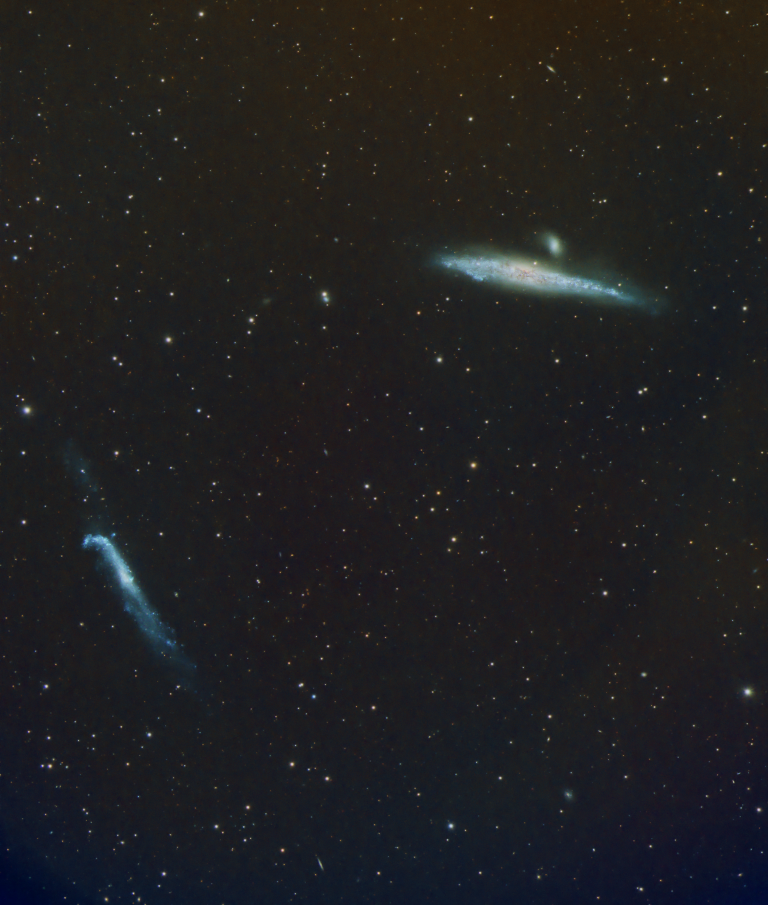
The Whale and the Hockey Stick
This pair of galaxies gets its name from their shapes. Both are viewed edge-on, and from this perspective we can see how a past interaction between the two warped them both. About 6 hours of exposure time from the backyard observatory.

Mars Fever
The amateur astronomy community is pretty excited at Mars lately – it’s nearing its closest approach to Earth right now, and this one’s even closer than usual. That means some of the best viewing and imaging opportunities for the Red Planet you’ll ever get. When the skies clear and the atmosphere is still, it’s an…

Globular cluster M92
Also in Hercules, M92 is often passed over for its larger and more dazzling neighbor, M13. But M92 is pretty in its own way! It’s also one of the oldest globular clusters in our galaxy (over 11 billion years old) and has some very interesting background galaxies around it too.

